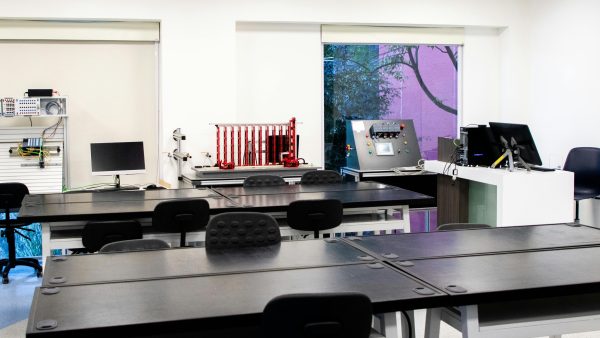Edge computing refers to technology that brings technology closer to the end user by implementing storage and computing at the edges of telecommunications networks, resulting in greater efficiency in data processing and lower latency, which is the time taken for data packets to be transmitted.
The combination of near-zero latency with edge computing allows services that needed to be run on devices to be moved to the cloud, resulting in faster deployment and cost savings.
This is combined with the flexibility, availability, efficiency and scalability of cloud computing, characteristics that can be seen in use cases of edge technology.
Examples of edge computing
The Telefónica Tech blog explains some success stories of edge computing. Let’s take a look at these and some other examples.
Connected car
Connected vehicles will be able to anticipate incidents on the road more quickly with sensors and cameras that monitor both the car’s visual environment and the traffic as a whole in real time.
Given that a single connected vehicle is estimated to be capable of generating more than 300 TB of information per year, enabling operations to be carried out as close as possible to the device—in this case, the vehicle itself—is an improvement and a help in the field of road safety.
Port management
In this case, port security benefits from Edge computing technology thanks to the collaboration between APM Terminals and Telefónica.
A pilot test combines 5G, Edge computing and C-VX2, helping both in the geolocation and virtual positioning of fixed objects and in the geolocation of moving elements.
Healthcare
As demonstrated at the 2025 edition of the MWC, Edge computing helps the healthcare sector alongside 5G and AI in the fields of oncology and ophthalmology.
In the case of ophthalmology, a device with 5G connectivity sends a photograph of both eyes to an AI hosted on Telefónica’s Edge to determine whether the degree of cataracts in a patient requires surgical intervention or not, thanks to a solution known as ‘CatEye’.
On the other hand, the ‘5G Intelligent Blood Monitoring’ solution adds Edge computing and 5G to an existing solution called PointCheck, which improves the monitoring of critical patients who may suffer from severe neutropenia, something that can happen in cancer patients.
Shipbuilding
Navantia and Telefónica are collaborating on three use cases that combine 5G and Edge computing applied not only to shipbuilding but also to ship repair.
Remote assistance, augmented reality for construction and real-time processing of 3D scans are some of the practical applications.
Audiovisual sector
The reduction in latency that we have been discussing throughout this article helps the audiovisual content sector to improve audio and video playback standards, thereby increasing quality and, consequently, customer satisfaction.
This is an advantage that is not lost on the video game industry, where reduced latency is essential in cases where, for example, games are based on virtual reality (VR).
Telefónica, world leader in Edge computing
Analysys Mason recognises Telefónica as a world leader in Edge computing for the vision and execution of the technology offered by Telefónica Tech.
The firm highlights that the company ‘has made significant investments […] and deployed a public industrial Edge that makes it unique among the operators analysed’. It also highlights that Telefónica has a strong and established systems integration business, being the first to enter private networks.
Telefónica is also identified as one of the five ‘early movers’ operators that have commercialised Edge nodes before 2020.








